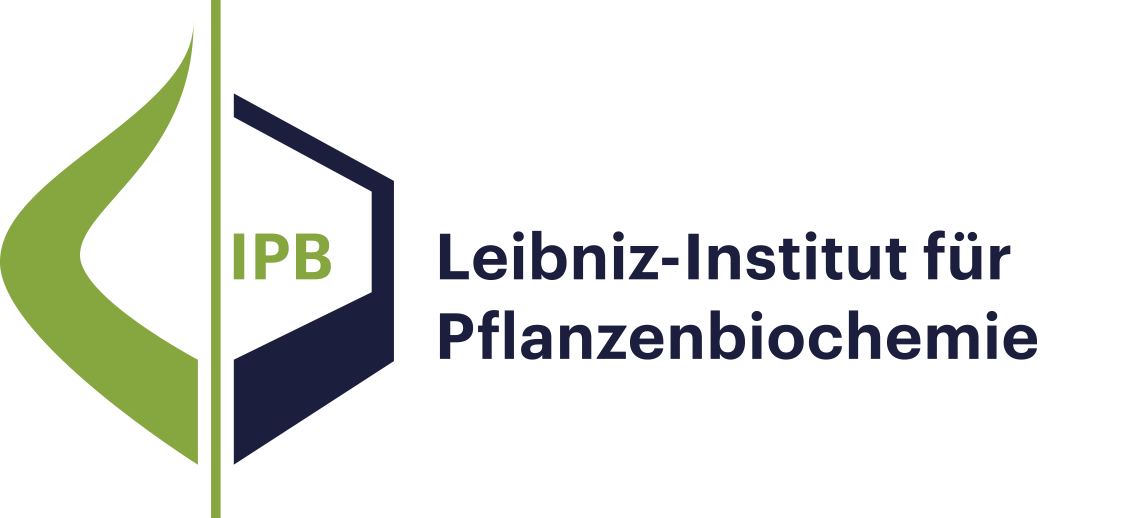Publikationen Program Center MetaCom
- Results as:
- Print view
- Endnote (RIS)
- BibTeX
- Table: CSV | HTML
Preprints
Publications
Publications
Publications
Diese Seite wurde zuletzt am 03 Sep 2024 geändert.
Research Mission and Profile
Molecular Signal Processing
Bioorganic Chemistry
Biochemistry of Plant Interactions
Cell and Metabolic Biology
Independent Junior Research Groups
Program Center MetaCom
Publications
Good Scientific Practice
Research Funding
Networks and Collaborative Projects
Symposia and Colloquia
Alumni Research Groups
Publikationen
Publikationen Program Center MetaCom
Preprints
A bottleneck in the development of new anti-cancer drugs is the recognition of their mode of action (MoA). We combined metabolomics and machine learning to predict MoAs of novel anti-proliferative drug candidates, focusing on human prostate cancer cells (PC-3). As proof of concept, we studied 38 drugs with known effects on 16 key processes of cancer metabolism, profiling low molecular weight intermediates of the central carbon and cellular energy metabolism (CCEM) by LC-MS/MS. These metabolic patterns unveiled distinct MoAs, enabling accurate MoA predictions for novel agents by machine learning. We validate the transferability of MoA predictions from PC-3 to two other cancer cell models and show that correct predictions are still possible, but at the expense of prediction quality. Furthermore, metabolic profiles of treated cells yield insights into intracellular processes, exemplified for drugs inducing different types of mitochondrial dysfunction. Specifically, we predict that pentacyclic triterpenes inhibit oxidative phosphorylation and affect phospholipid biosynthesis, as supported by respiration parameters, lipidomics, and molecular docking. Using biochemical insights from individual drug treatments, our approach offers new opportunities, including the optimization of combinatorial drug applications.
Publications
A bottleneck in the development of new anti‐cancer drugs is the recognition of their mode of action (MoA). Metabolomics combined with machine learning allowed to predict MoAs of novel anti‐proliferative drug candidates, focusing on human prostate cancer cells (PC‐3). As proof of concept, 38 drugs are studied with known effects on 16 key processes of cancer metabolism, profiling low molecular weight intermediates of the central carbon and cellular energy metabolism (CCEM) by LC‐MS/MS. These metabolic patterns unveiled distinct MoAs, enabling accurate MoA predictions for novel agents by machine learning. The transferability of MoA predictions based on PC‐3 cell treatments is validated with two other cancer cell models, i.e., breast cancer and Ewing\'s sarcoma, and show that correct MoA predictions for alternative cancer cells are possible, but still at some expense of prediction quality. Furthermore, metabolic profiles of treated cells yield insights into intracellular processes, exemplified for drugs inducing different types of mitochondrial dysfunction. Specifically, it is predicted that pentacyclic triterpenes inhibit oxidative phosphorylation and affect phospholipid biosynthesis, as confirmed by respiration parameters, lipidomics, and molecular docking. Using biochemical insights from individual drug treatments, this approach offers new opportunities, including the optimization of combinatorial drug applications.
Publications
The new species Cortinarius steglichii is described from Chilean Nothofagus forest based on morphological and microscopical attributes, molecular phylogeny, and chemical analysis of secondary metabolites. C. steglichii is characterized by abundant, long, ramified cystidia on the lamellar edges and stipe apex, further by a deep violet color reaction after treatment with KOH. As responsible secondary metabolite for the cytoplasmatic color reaction of cystidia and some hyphae, the new diterpenoid steglichon (1) could be recognized, showing also remarkable antibacterial and anticancer activity. Phylogenetic analyses (ITS, LSU, RPB1) confirm the close relationship to species of the Cortinarius dulciolens group.
Publications
Diterpenoids form a diverse group of natural products, many of which are or could become pharmaceuticals or industrial chemicals. The modular character of diterpene biosynthesis and the promiscuity of the enzymes involved make combinatorial biosynthesis a promising approach to generate libraries of diverse diterpenoids. Here, we report on the combinatorial assembly in yeast of ten diterpene synthases producing (+)-copalyldiphosphate-derived backbones and four cytochrome P450 oxygenases (CYPs) in diverse combinations. This resulted in the production of over 200 diterpenoids. Based on literature and chemical database searches, 162 of these compounds can be considered new-to-Nature. The CYPs accepted most substrates they were given but remained regioselective with few exceptions. Our results provide the basis for the systematic exploration of the diterpenoid chemical space in yeast using sequence databases.
Diese Seite wurde zuletzt am 03 Sep 2024 geändert.

